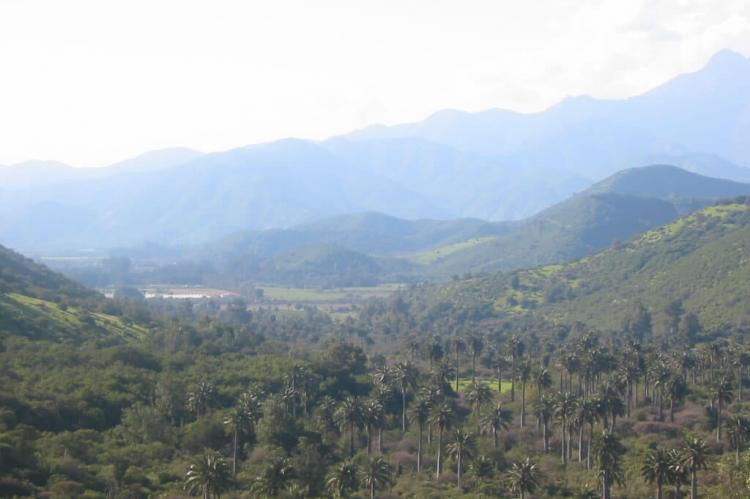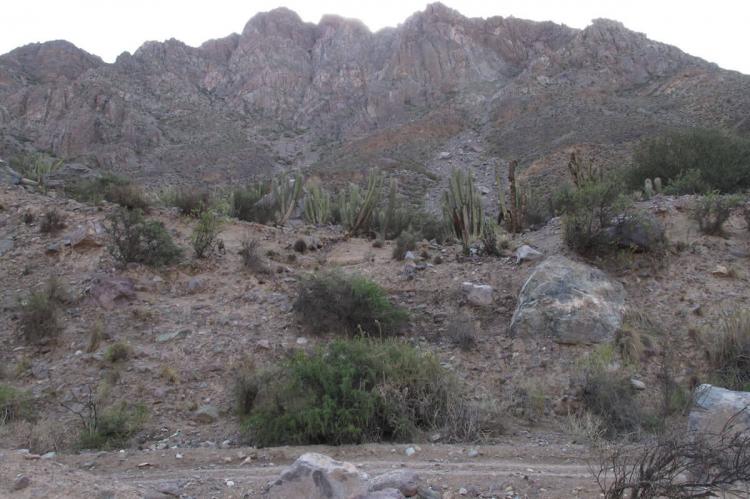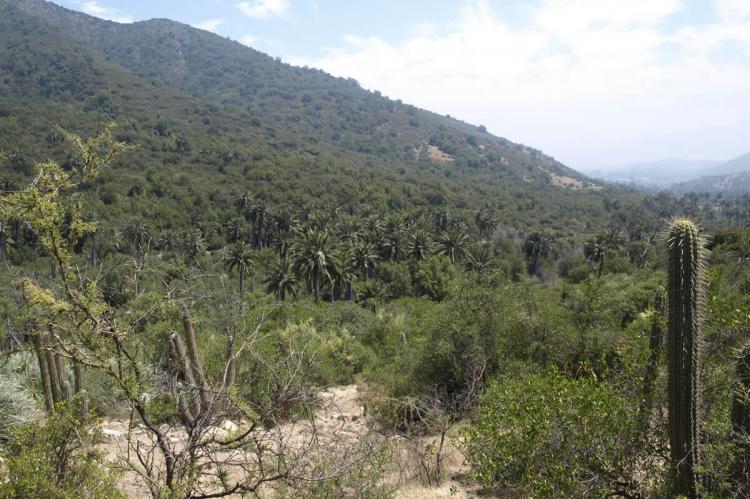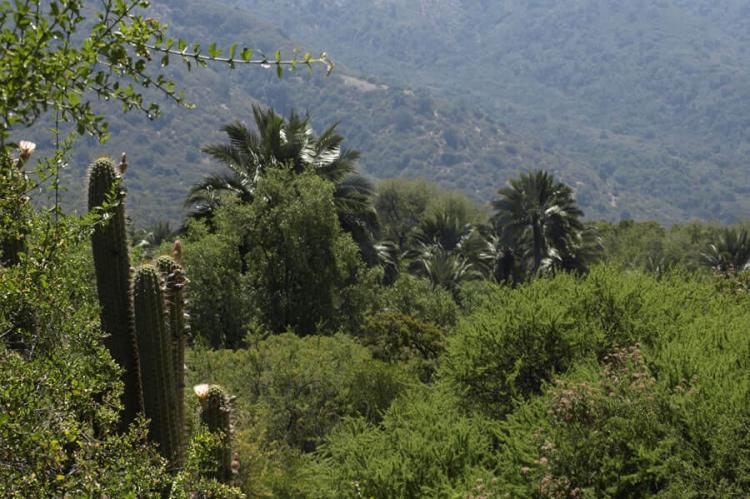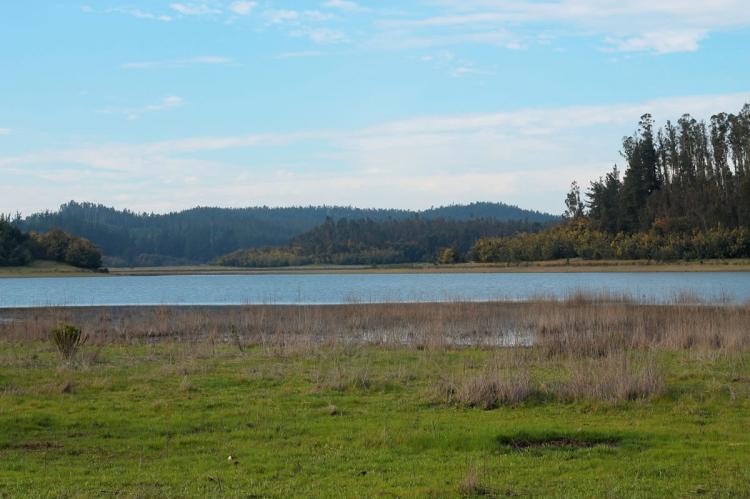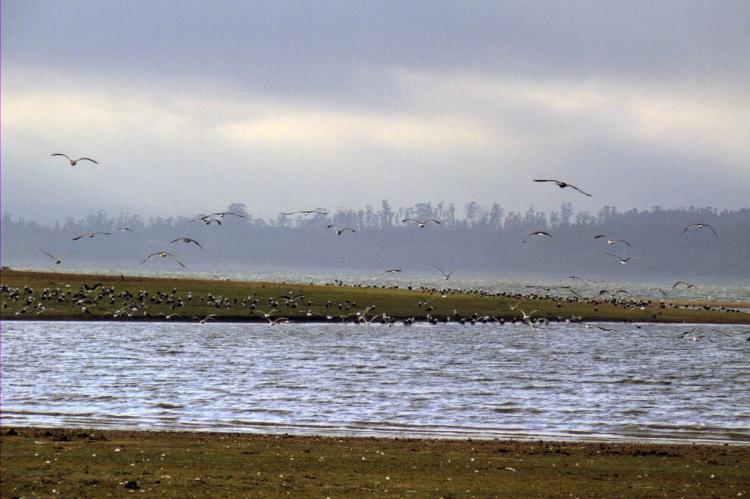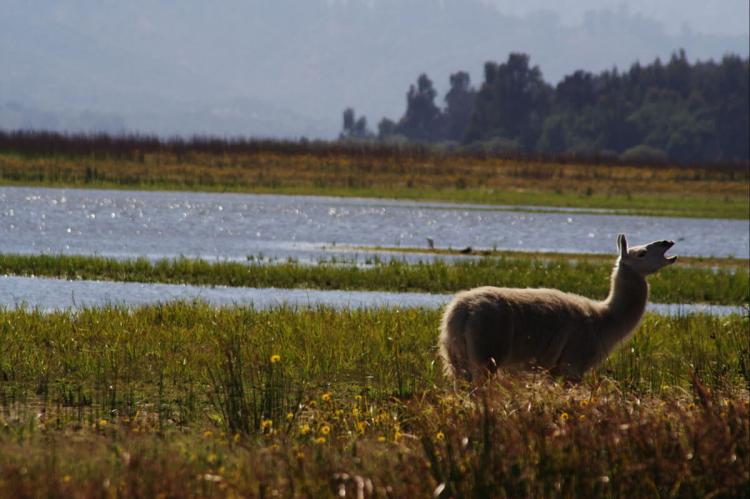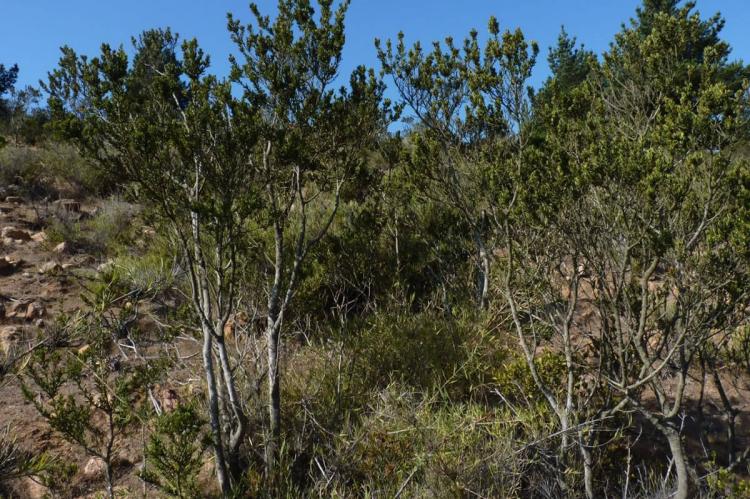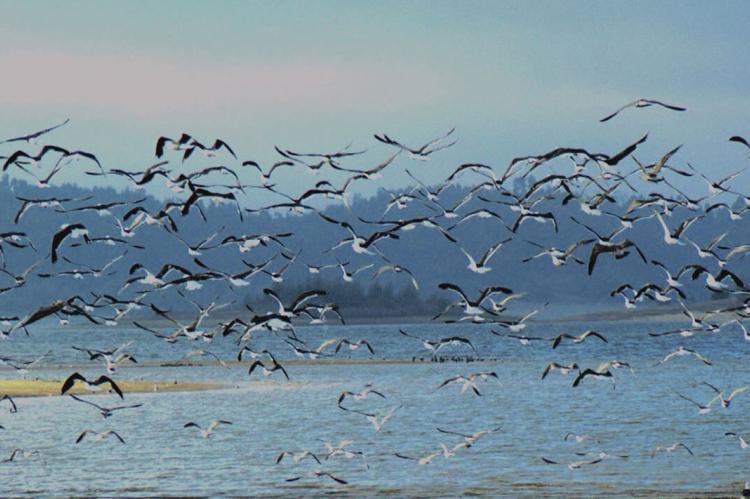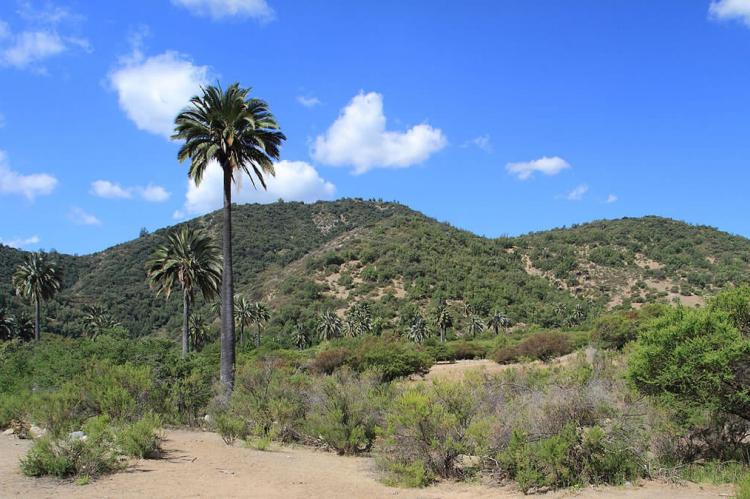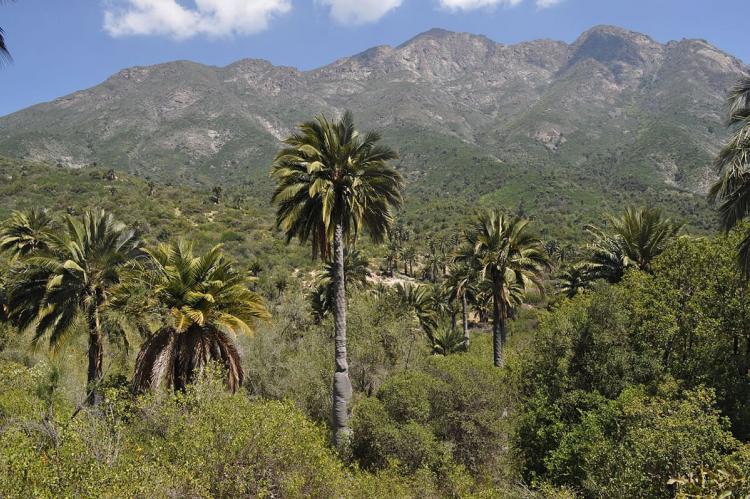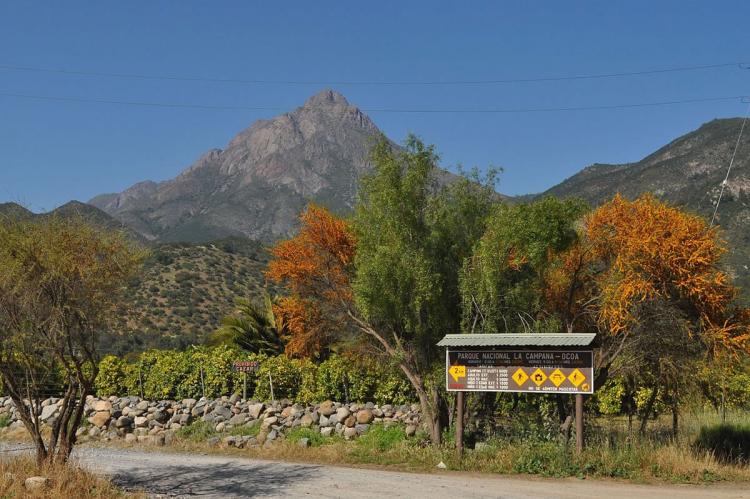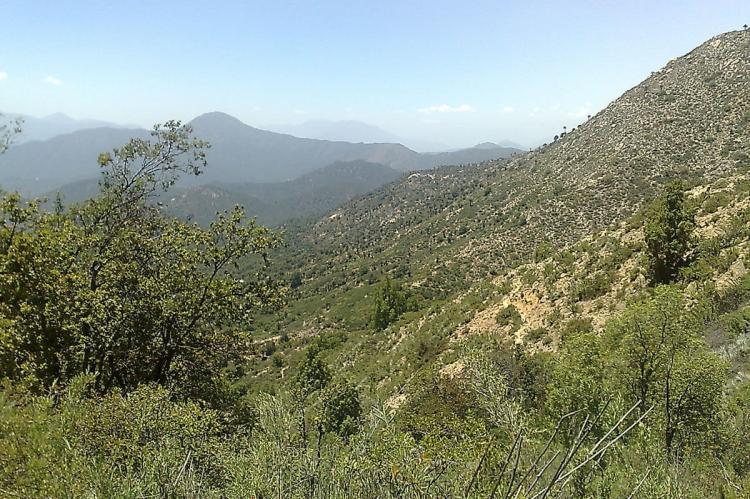La Campana-Peñuelas: Balancing Biodiversity and Urban Pressures in Central Chile
In the heart of Chile's Valparaíso Region, the La Campana-Peñuelas Biosphere Reserve showcases the country's commitment to preserving its natural heritage. It includes La Campana National Park and Lago Peñuelas National Reserve, creating a diverse landscape rich in biodiversity and cultural history.
La Campana-Peñuelas Biosphere Reserve: A Symphony of Nature in Chile's Valparaíso Region
Nestled in the heart of Chile's Valparaíso Region, the La Campana-Peñuelas Biosphere Reserve epitomizes the country's dedication to safeguarding its natural heritage. Designated as a UNESCO Biosphere Reserve in 1985, it encompasses the La Campana National Park and the Lago Peñuelas National Reserve. Together, they form a mosaic of landscapes, biodiversity, and cultural history, offering an exceptional model of conservation and sustainability.
Geography and Landscape
Spanning 17,095 hectares (42,242 acres), the La Campana-Peñuelas Biosphere Reserve showcases a diverse terrain of undulating hills, valleys, and ridges. The reserve's highest points, El Roble at 2,222 meters (7,290 feet) and La Campana at 1,920 meters (6,300 feet), tower over the rugged landscape, supporting various ecosystems. From arid scrublands to verdant forests, this topography is a critical refuge for Chile's endemic species and a living testament to the region's geological and ecological diversity.
Forests, Palms, and Relict Stands
Among the reserve's most striking features are its relict stands of endangered Chilean Wine Palms (Jubaea chilensis) and roble beech (Nothofagus obliqua). These ancient species form a complex vegetation matrix, including hygrophyll, sclerophyll, and deciduous forests. Santiago's oak and palm forests intermingle with these formations, creating habitats that support a rich variety of flora and fauna. The presence of such relict species underscores the ecological importance of the reserve as a sanctuary for endangered and unique vegetation.
Diverse Ecosystems and Endemism
The reserve's ecosystems exhibit remarkable adaptability and resilience. Their diverse formations range from spiny shrublands dominated by Acacia caven and Chilean pepper trees to highland steppe shrublands and large Puyas or "chaguales." Each ecosystem harbors unique endemic species, contributing to the biosphere reserve's status as a hotspot for biodiversity. These varied habitats underscore the reserve's ecological significance in conserving Chile's natural heritage.
Fauna Diversity
Although not abundant, the reserve's fauna is diverse and vital. Mammals like the culpeo and Argentine gray fox inhabit its rugged terrains, while bird species like the black-chested buzzard-eagle, red-backed hawk, and Chilean mockingbird grace its skies. These species thrive in the delicate balance of ecosystems maintained within the reserve, offering a snapshot of the region's ecological wealth.
La Campana National Park
Covering approximately 8,000 hectares (19,760 acres), La Campana National Park is a cornerstone of the biosphere reserve. Its biodiversity includes the endangered Chilean Wine Palm, which thrives in groves within the Ocoa Valley. The park is part of the Chilean Matorral Ecoregion, featuring a wide range of vegetation such as Boldo, Litre, Peumo, Patagua, Winter's Bark, and Lingue. At its heart lies Cerro La Campana, a peak immortalized by Charles Darwin during his ascent in 1834. Rising to 1,920 meters (6,300 feet), it serves as a geological landmark and a symbol of the region's resilience.
Guardians of Conservation: CONAF
The Chilean National Forestry Corporation (CONAF) oversees the management of La Campana National Park, ensuring the delicate balance of its ecosystems is preserved. Through meticulous stewardship, CONAF supports both scientific research and eco-tourism, fostering a deeper understanding of the region's natural wonders.
Lago Peñuelas National Reserve
Adjacent to La Campana National Park, the Lago Peñuelas National Reserve spans 9,260 hectares (22,880 acres). Established in 1952, it protects the watershed of the Peñuelas Reservoir, which supplies drinking water to the cities of Valparaíso and Viña del Mar. The reserve's landscapes range from mixed forests and riparian scrub to thorny scrublands and grasslands. Exotic tree species such as Eucalyptus globulus and Pinus radiata have been introduced here for reforestation, coexisting with native flora to maintain ecological balance.
Avian and Mammalian Richness
Lago Peñuelas is a haven for wildlife enthusiasts, boasting over 120 bird species, including migratory populations. Its mammalian residents include the pampas cat, lesser grison, Andes skunk, culpeo, and South American gray fox. These species underscore the reserve's role in conserving biodiversity and maintaining healthy ecosystems.
Preserving the Water Lifeline
At the heart of the reserve, Peñuelas Lake serves as a critical freshwater resource for Valparaíso and Viña del Mar. The surrounding marshes, semi-arid scrublands, and grasslands create a diverse landscape that supports both migratory and resident bird populations, enhancing the ecological value of the reserve.
Cultural Heritage and Sustainable Coexistence
The La Campana-Peñuelas Biosphere Reserve is not only a haven for biodiversity but also a repository of cultural heritage. Welcoming approximately 80,000 visitors annually, it promotes recreational activities and environmental education, fostering a harmonious coexistence between human communities and the natural environment. This integration of conservation and culture highlights the reserve's role as a model for sustainable development.
Conclusion
The La Campana-Peñuelas Biosphere Reserve is a beacon of ecological preservation and cultural stewardship in Chile's Valparaíso Region. Its rich biodiversity, unique landscapes, and commitment to sustainability inspire visitors and conservationists alike. By protecting this natural symphony, Chile ensures a lasting legacy for future generations, inviting all who visit to become stewards of its unparalleled beauty.

